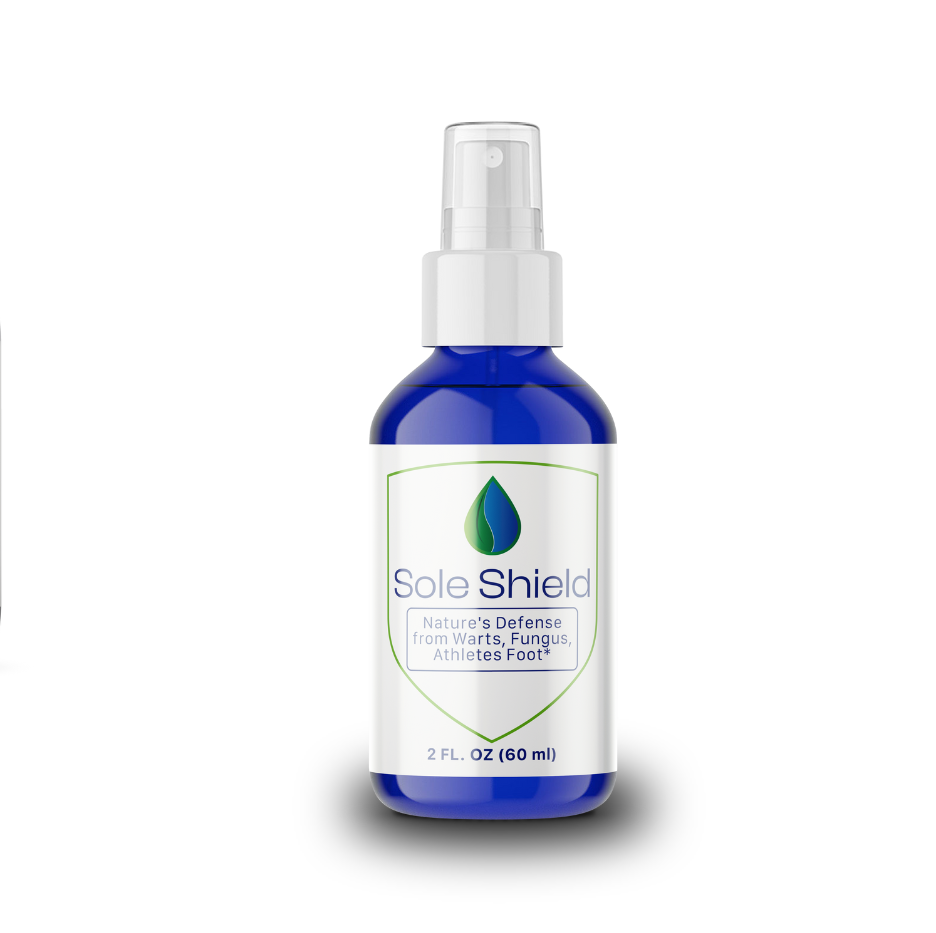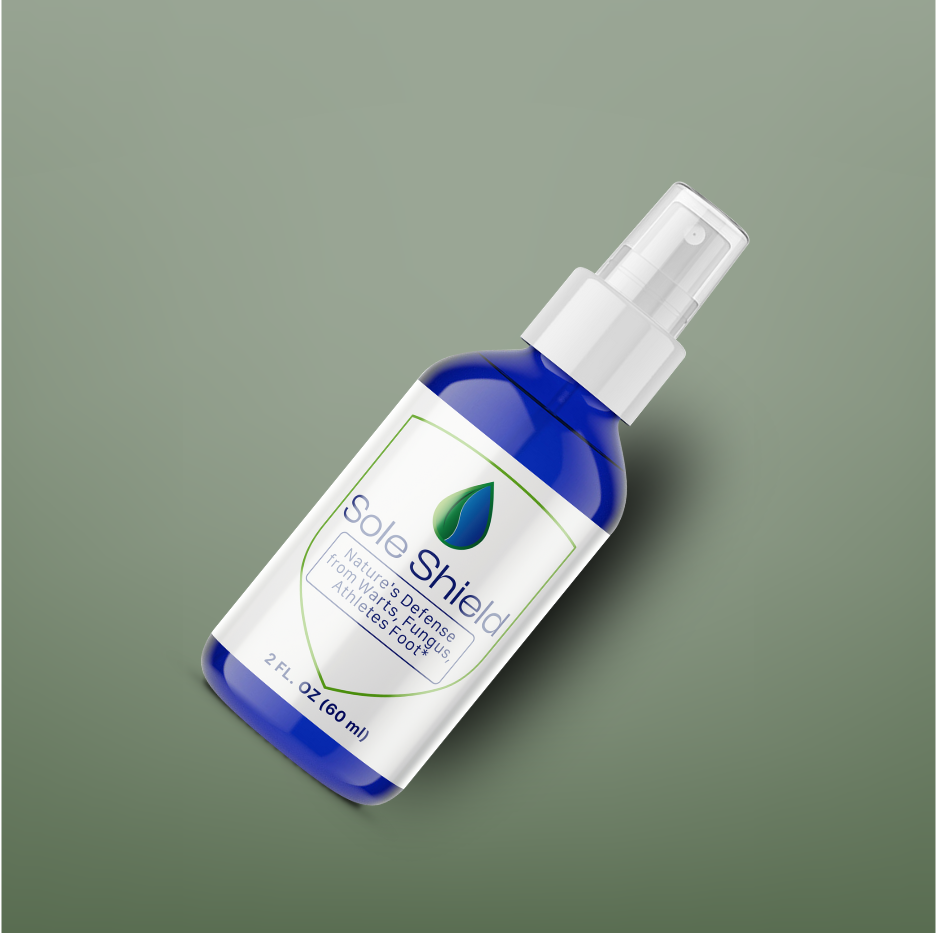Disclaimer: The information in this article is for educational and informational purposes only and is not intended to diagnose, treat, cure, or prevent any disease. The content is based on publicly available research and third-party sources, and does not represent medical advice or claims made by IodinePure. Always consult a qualified healthcare provider before making decisions about your health.
Toenail fungus is more than just a cosmetic issue; it’s a stubborn infection that can make your nails look discolored, thickened, and brittle. For many people, traditional treatments like creams and oral medications can be a hassle, often requiring weeks or even months of use with varying success.
In this blog post, we'll discuss into how nail fungus treatment laser works, its benefits, and whether it could be the key to finally conquering your toenail fungus. If you're tired of struggling with old-fashioned treatments and want to know if laser therapy is worth a try, keep reading!
Laser Treatment: How It Works

When treating toenail fungus, patients may be interested in various kinds of nail fungus treatment options. One such method is through the use of lasers which has gained popularity recently due to its unique approach.
Here’s how laser therapy can help treat fungal infections and what differentiates it from other methods.
The Science Behind Laser Treatment Therapy

Toenail fungus laser treatment employs specific types of lasers such as YAG lasers and solid-state lasers that target and eliminate fungal infections beneath the nail plate. This involves focusing light onto infected nails which causes heating up in these areas where the fungi are growing.
The heat damages only the fungi but not the skin around them or under their beddings. Unlike topical treatments that involve applying antifungal creams on top or oral anti-fungal medicines that work within the entire body, laser toenail fungus treatment focuses straight on the infection source.
Treatment process

During a session with a doctor who deals with laser toenail fungus treatment, many people feel warmth temporarily but otherwise experience no pain throughout the procedure time. A single session often lasts between half an hour to an hour.
The suggested number of treatments generally ranges from one to three to achieve a complete cure. However, if the condition proves difficult, several treatments might be necessary. The aim is to encourage new nail growth and clear the nail plate of any fungal infection.
Comparison with Other Treatments
Laser therapy has several advantages over topical antifungal creams and oral antifungals. While oral medications can be associated with side effects and may not be suitable for individuals with kidney or liver disease, laser therapy provides a more localized approach with minimal systemic impact.
Laser nail fungus treatment works directly on the affected part, unlike topical therapies that just make them look better temporarily thereby offering much more promising long-term results.
Advantages of Laser Treatment

Here’s why laser therapy could be your best choice.
Precision and Targeted Action
Laser nail fungus treatment has the advantage of being very precise. The laser equipment such as YAG lasers and solid-state lasers are built in a way that they can only target the fungal growth below the nail plate.
Suitable for Various Conditions
For those who have been unable to treat common fungal infections using other methods, laser nail fungus treatment can be another option. It is particularly suitable for patients with certain health issues like kidney or liver problems where the usage of oral medications could be contraindicated. Laser therapy has a focused approach without systemic risk making it safe especially for individuals with specific health conditions.
Limitations & Considerations

Here are a few things you should be aware of when opting for this method as well as its potential drawbacks.
Treatment Duration and Multiple Sessions
Although effective, laser therapy often requires one to three treatments to obtain the best results. In cases of severe fungal infections or fungal nail infections, multiple treatments might be necessary. This might consume a lot of time and money. Depending on how severe the toenail fungus infection is or the patient’s response to the used drug the number of remedies varies individually.
Accessibility and Expertise
Laser treatment for having toenail fungus is not widely available. Laser tools as well as skilled practitioners say specialists in laser nail fungus treatment found in the offices of cosmetic dermatologists may simply be out of reach for several people. For those interested, it will go a long way to think about finding a competent provider and a reputable clinic.
Integration with Other Treatments
Incorporating laser therapy with these alternative options may be necessary for persons already using topical antifungal creams and oral anti-fungal drugs. It cannot always function in isolation from other antifungal remedies as it might work better alongside them when addressing both the symptoms and root causes of fungal nail infections.
Say Goodbye to Surgeries and Harsh Medications

Thankfully, there’s now a natural cosmetic option that blends the best of traditional ingredients with modern formulation techniques.
EZ Clear Nails is a gentle, non-invasive nail care solution made with 100% naturally derived ingredients. It’s designed to support the appearance of healthier, clearer-looking nails — especially for those dealing with nails prone to discoloration or brittleness.
Unlike harsh products or procedures, EZ Clear Nails offers a soothing, easy-to-use daily routine that fits into any self-care regimen, helping you feel more confident from the ground up.
Why Choose EZ Clear Nails?
- 100% Natural and Safe!
- No Pain!
- No Surgery or Harsh drugs!
Direction for Use
- Place the toes inside the toe pan. Pour liquid into the toe pan until the nail is completely covered.
- Soak for 15 minutes three times a week for best results.
- Allow drying in the air.
Frequently Asked Questions (FAQs)
How does laser treatment help treat toenail fungus?
Laser treatment is performed using high-intensity light that targets fungi beneath the nail plate, thereby destroying them but leaving the surrounding skin intact.
Is laser treatment painful?
Yes, it is accompanied by slight warming sensations although it is generally not painful.
How many sessions of laser treatment are required for toenail fungus?
The number of sessions necessary depends on how severe the infection is, ranging between one and three treatments.




